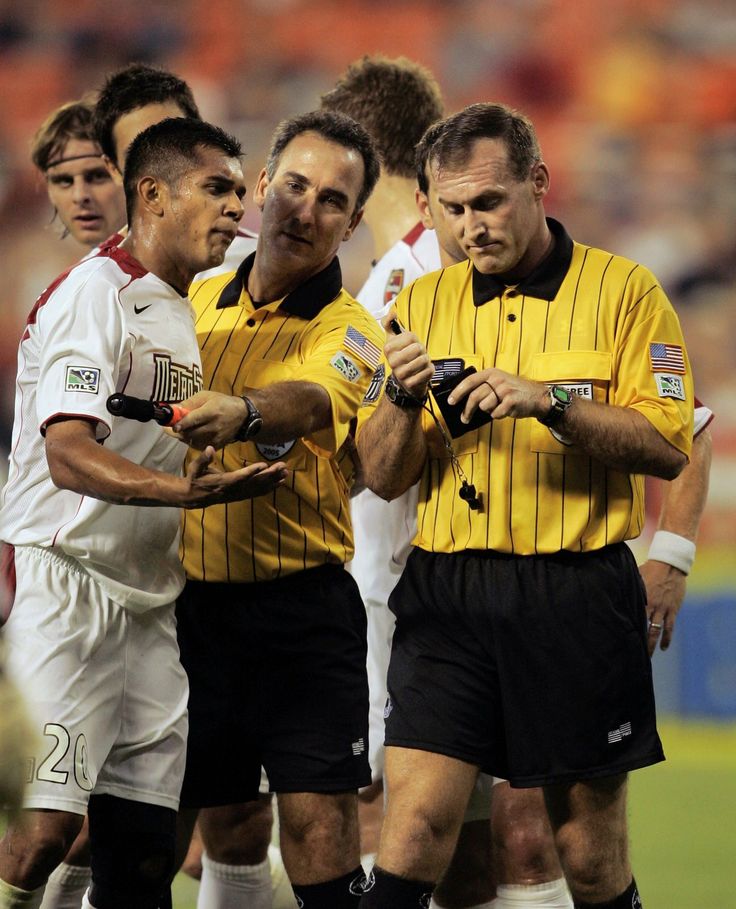Introduction to Injury Time in Football
Why Injury Time Exists
Injury time—also known as stoppage time—is a defining element of every football match. Added at the end of each half, it compensates for time lost due to injuries, substitutions, and various interruptions. Without injury time, teams could exploit delays and matches would rarely reflect true playing time. This extra time ensures fairness and keeps the sport dynamic, often leading to dramatic finishes that captivate fans worldwide.
Historical Background
The concept of injury time has evolved alongside football itself. Early matches had no standardized way to compensate for lost time, leading to confusion and disputes. It wasn’t until the early 20th century that the rules started to formalize. FIFA’s introduction of official injury time in the Laws of the Game brought consistency, making the final minutes of each half some of the most exciting—and unpredictable—moments in football.

Understanding the Rules: What Is Injury Time?
Stoppage Time vs. Injury Time: Is There a Difference?
While “injury time” and “stoppage time” are often used interchangeably, they both refer to additional minutes added at the end of each half. Technically, “stoppage time” is the preferred term in official documents, as it accounts for all forms of stoppages, not just injuries. However, among fans and commentators, “injury time” remains the more popular phrase.
Common Reasons for Added Time
- Injuries and medical treatment on the field
- Substitutions
- Goal celebrations
- Disciplinary actions (yellow/red cards)
- VAR (Video Assistant Referee) reviews
- Time-wasting tactics
- Other unexpected interruptions
Referees closely monitor these events, making mental or written notes of the time lost. At the end of each half, these moments are summed up and compensated for through injury time.
Who Officially Decides Injury Time in Football?
The Role of the Referee
The responsibility for deciding injury time lies squarely with the match referee. According to FIFA’s Laws of the Game, the referee has full authority to determine how much time is added at the end of each half. Throughout the match, the referee keeps track of stoppages using a stopwatch or other methods, ensuring an accurate reflection of time lost.
Support from Assistant Referees and the Fourth Official
While the referee holds ultimate decision-making power, assistant referees and the fourth official play a supporting role. The fourth official, in particular, communicates with the referee about time lost and displays the minimum number of minutes to be added. However, the final call always belongs to the referee on the pitch.
Impact of VAR (Video Assistant Referee) on Injury Time
With the introduction of VAR, additional time may be added for lengthy video reviews. The referee considers these moments when calculating stoppage time, further highlighting their central role in deciding injury time in football. This integration of technology ensures that crucial minutes are neither lost nor unfairly prolonged, maintaining the integrity of the match.
How Is Injury Time Calculated?

FIFA Guidelines and Laws of the Game
Injury time is determined by following FIFA’s official Laws of the Game, which require referees to add “all time lost” during each half. This includes stoppages for injuries, substitutions, disciplinary actions, and VAR checks. The referee’s primary focus is to ensure the total playing time is as close as possible to the standard 45 minutes per half, plus any additional time required.
Factors Considered When Adding Time
- Duration of injuries and on-field medical assessments
- Number and duration of substitutions
- Time spent on celebrations after goals
- Incidents leading to yellow or red cards
- Time taken for VAR reviews and technical stoppages
- General time-wasting or deliberate delays
The referee keeps a running tally, often with assistance from the fourth official, to ensure all significant stoppages are counted.
Example Scenarios
For example, if three players are treated for injuries in a half, two substitutions occur, and there’s a lengthy VAR review, the referee may add three or four minutes of injury time. In rare cases, such as severe injuries or on-pitch incidents, injury time can extend even further. These decisions can be critical, sometimes impacting the outcome of high-stakes matches.
Communication: How Is Injury Time Announced?
Role of the Fourth Official
In modern football, the fourth official is responsible for displaying the amount of injury time to be added at the end of each half. This is typically done using an electronic board that shows the number of additional minutes, making the process transparent for players, coaches, and fans.
Displaying Added Minutes
The minimum amount of injury time is announced as soon as the 45th or 90th minute is reached. The display board, held up by the fourth official, indicates the number of minutes the referee intends to add. Importantly, this is the minimum time to be played—if additional incidents occur during injury time, the referee can further extend play.
This announcement is a crucial moment in every match, often prompting teams to adjust their tactics for the final push or defensive stand.
Controversies and Debates Around Injury Time

Famous Matches Influenced by Injury Time Decisions
Injury time has often been at the center of heated debates and dramatic moments in football history. Matches have been won or lost during these final minutes, with fans and analysts scrutinizing the referee’s decisions. Notable examples include last-minute goals in World Cup and Champions League games that shifted the fate of entire tournaments.
Calls for Transparency and Standardization
Despite clear guidelines, some coaches and fans argue that injury time is applied inconsistently. Calls for greater transparency and possible standardization—such as publishing the referee’s calculations or using independent timekeepers—are growing louder in the football community. As the game evolves, so too do expectations for fairness and consistency in injury time decisions.
The Psychology and Strategy of Injury Time
How Players and Coaches React
Injury time brings out intense emotions and psychological tactics from both players and coaches. For teams leading the match, injury time is often spent defending resolutely, using every second to maintain the advantage. Trailing teams, on the other hand, push forward desperately, creating high-pressure situations that test composure and mental strength.
Managing the Final Minutes
Managers frequently make tactical substitutions or adjust formations during injury time. Some teams employ time-management techniques, such as holding the ball in the corners or drawing fouls to disrupt the opposition’s momentum. Meanwhile, referees remain vigilant against excessive time-wasting, adding further seconds if necessary. The mental battle during these final moments often determines the outcome of closely contested games.
Injury Time in Different Football Competitions
Variations in Major Leagues and Tournaments
While the fundamental principle behind injury time is consistent worldwide, minor differences exist between competitions. For instance, top European leagues like the Premier League, La Liga, and Bundesliga strictly follow FIFA guidelines, but may emphasize certain stoppages more than others based on local customs or refereeing styles. Domestic cup matches and international tournaments may also have unique protocols for managing injury time announcements and extensions.
International vs. Domestic Rules
International fixtures, governed by FIFA or continental bodies like UEFA and CONMEBOL, adhere closely to standardized rules for injury time. However, domestic leagues may apply slightly different interpretations, particularly in how substitutions and VAR decisions are handled. Despite these variations, the responsibility for deciding injury time always remains with the match referee.
Recent Changes and Technological Influence
The Impact of VAR and Modern Technology
The introduction of VAR (Video Assistant Referee) has significantly affected the calculation and perception of injury time. Lengthy VAR reviews can add several minutes to each half, prompting referees to keep a meticulous record of stoppages. Technology now aids officials in tracking time lost, ensuring more accurate compensation and greater fairness in critical matches.
Future Proposals
Football’s governing bodies are continually exploring ways to further standardize and improve the injury time process. Proposals such as transparent timekeeping, real-time public displays of stoppage calculations, or even a countdown clock for the final minutes are being considered. These innovations aim to make injury time more predictable and less controversial, benefiting both players and fans.
Case Studies: Injury Time That Changed Football History

Iconic Moments and Their Outcomes
Some of football’s most unforgettable moments have occurred during injury time, proving just how decisive these minutes can be. For example, in the 1999 UEFA Champions League Final, Manchester United scored two goals during injury time to defeat Bayern Munich, creating one of the most dramatic comebacks in history. Similarly, late goals during FIFA World Cup matches have sent teams through to the next round or even won championships. These cases highlight the power of injury time to alter the course of football history in an instant.
Conclusion: The Unseen Hand Guiding the Game

Injury time is a unique and vital part of football, reflecting the unpredictable nature of the sport. The authority to decide injury time lies with the referee, who uses expertise, experience, and support from officials and technology to make crucial decisions. From legendary comebacks to moments of high tension, injury time often defines the narrative of a match. Understanding who decides injury time in football—and how—is essential for players, coaches, and fans who cherish the beautiful game’s most thrilling moments.



0 responses to “Who Decides Injury Time in Football? The Hidden Power Behind the Clock”